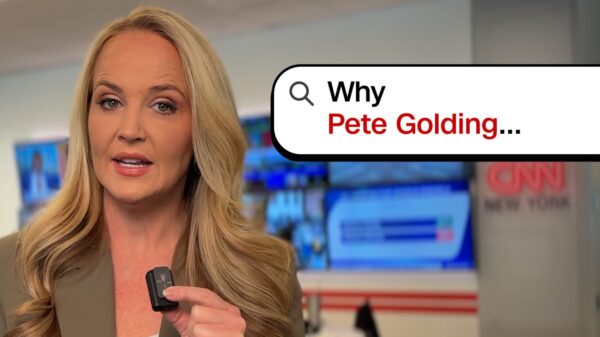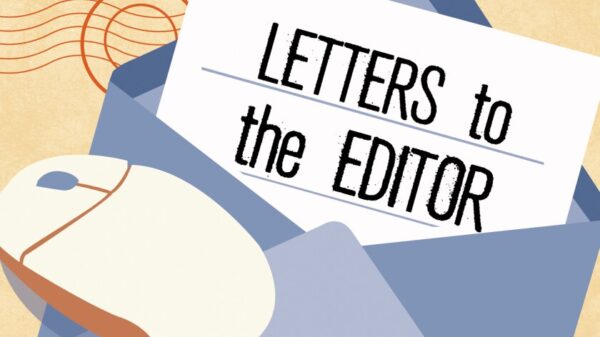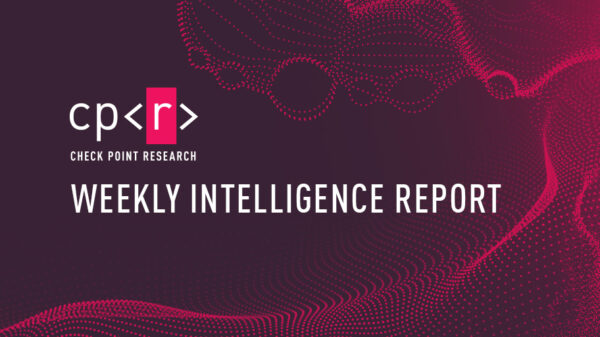UPDATE: Millions of Americans facing overwhelming credit card debt may qualify for debt forgiveness options, according to recent reports. With an average of four credit cards held by consumers, many find it increasingly challenging to manage rising balances. As financial pressures mount, understanding these debt relief avenues is crucial NOW.
Recent data reveals that a significant portion of Americans are struggling to meet even the minimum payments on their credit cards. If you’re one of them, exploring credit card debt forgiveness could be a lifeline. This process typically involves negotiating with creditors to settle debts for less than what is owed, providing a path to wipe out remaining balances.
Credit card debt forgiveness is not universally available; however, nearly anyone in financial distress can explore options. Authorities stress that while there are no government-sponsored programs specifically targeting credit card debt, various private options exist. It’s essential to be wary of misleading offers that claim to represent government initiatives.
How to Pursue Credit Card Debt Forgiveness
Credit card companies do not simply erase debts, but you can negotiate for a partial reduction. Common methods include debt settlement programs, where a debt relief expert will analyze your financial situation and develop a payment plan. Funds are typically saved in a special account until enough is accumulated to negotiate a settlement.
However, potential risks accompany these programs. Not making payments to creditors while saving for a settlement can hurt your credit score, impacting your borrowing capabilities. It is also uncertain if creditors will accept the negotiated terms. If they refuse, you may face a larger debt burden, and forgiven amounts may be taxable.
If these options fall short, consulting a bankruptcy attorney might be the next step. Though bankruptcy can severely impact your credit score, it often serves as an effective method for completely discharging debt, allowing you to reset financially.
Other Alternatives to Consider
Credit card debt settlement and bankruptcy are not your only options. Other avenues include:
– **Debt Consolidation Loans:** These loans can help consolidate multiple debts into one with a lower interest rate, simplifying repayment.
– **Utilizing Home Equity:** Many homeowners can access cash through home equity, enabling them to pay off credit card debts at a reduced rate.
– **Debt Management Programs:** These programs involve financial experts negotiating better terms with lenders to help you pay off debts more efficiently.
– **Financial Hardship Programs:** Many credit card companies offer assistance programs that lower interest rates and create manageable payment plans.
The Bottom Line
Credit card debt doesn’t have to be a permanent burden. If traditional debt relief options are insufficient, consider turning to a debt settlement company or even bankruptcy as a last resort. As this situation evolves, staying informed about your options is critical. Share this information with those who need it, as financial relief could be within reach.
For personalized guidance, contacting a debt relief service can provide clarity on your specific situation. The path to financial freedom starts with understanding the resources available to you—act now to secure your financial future.






































































